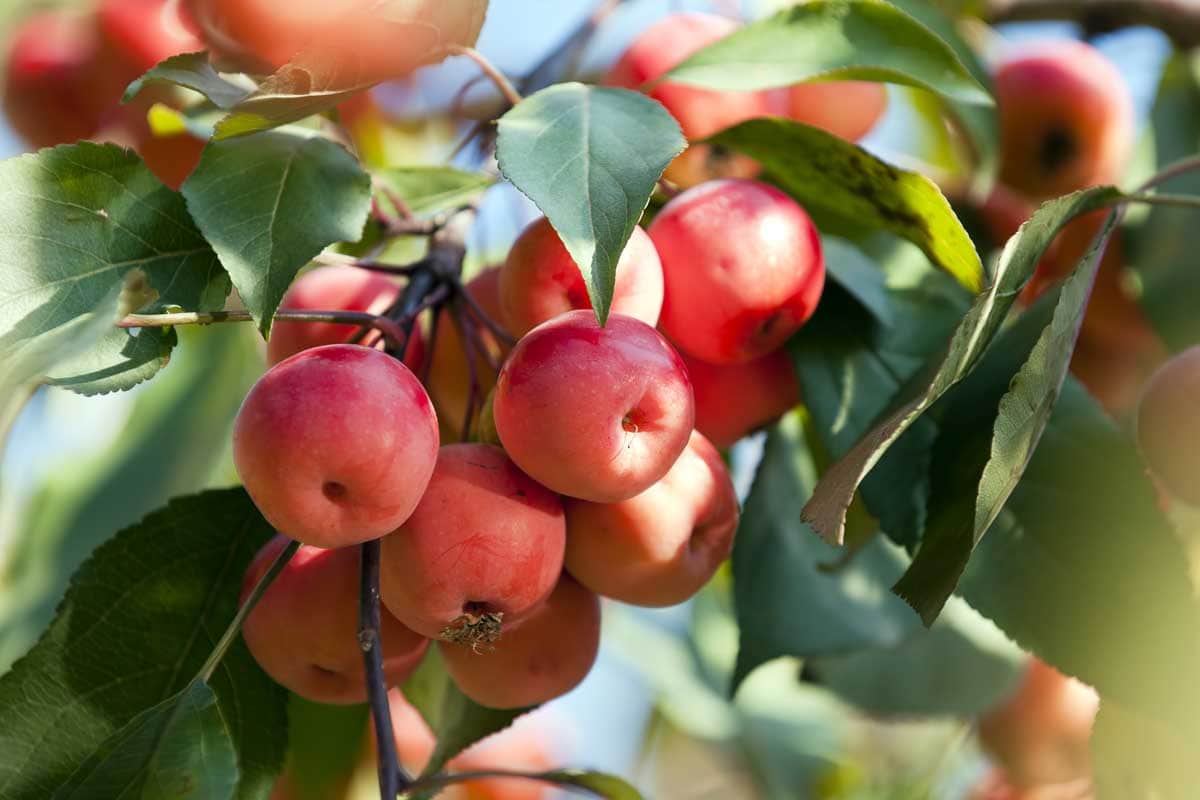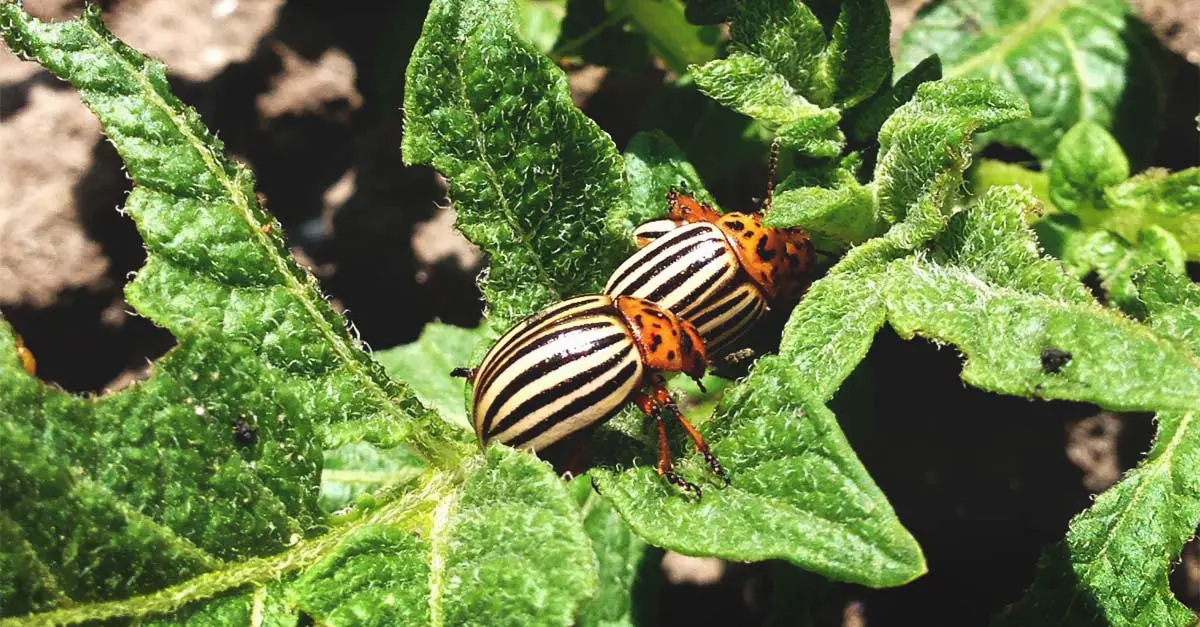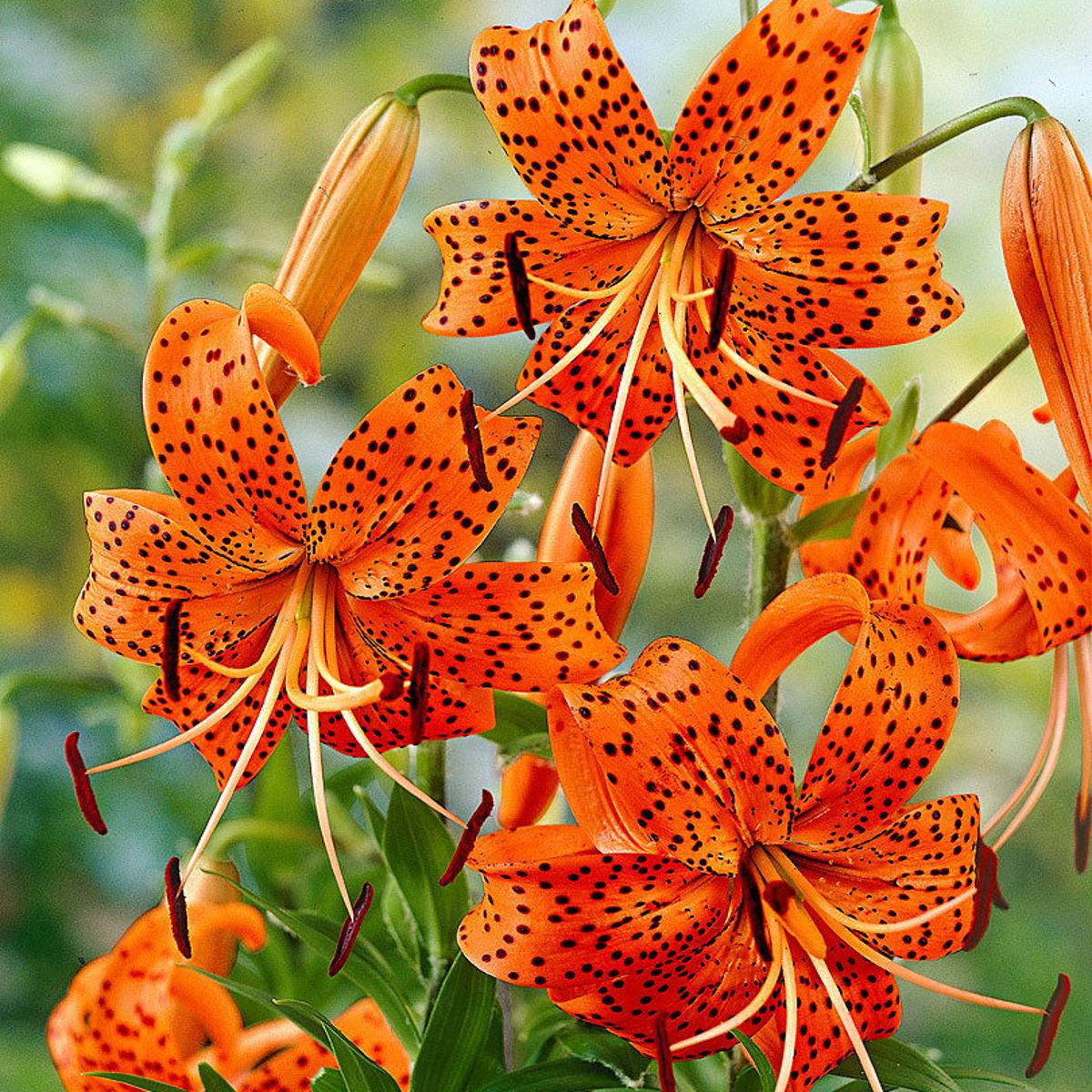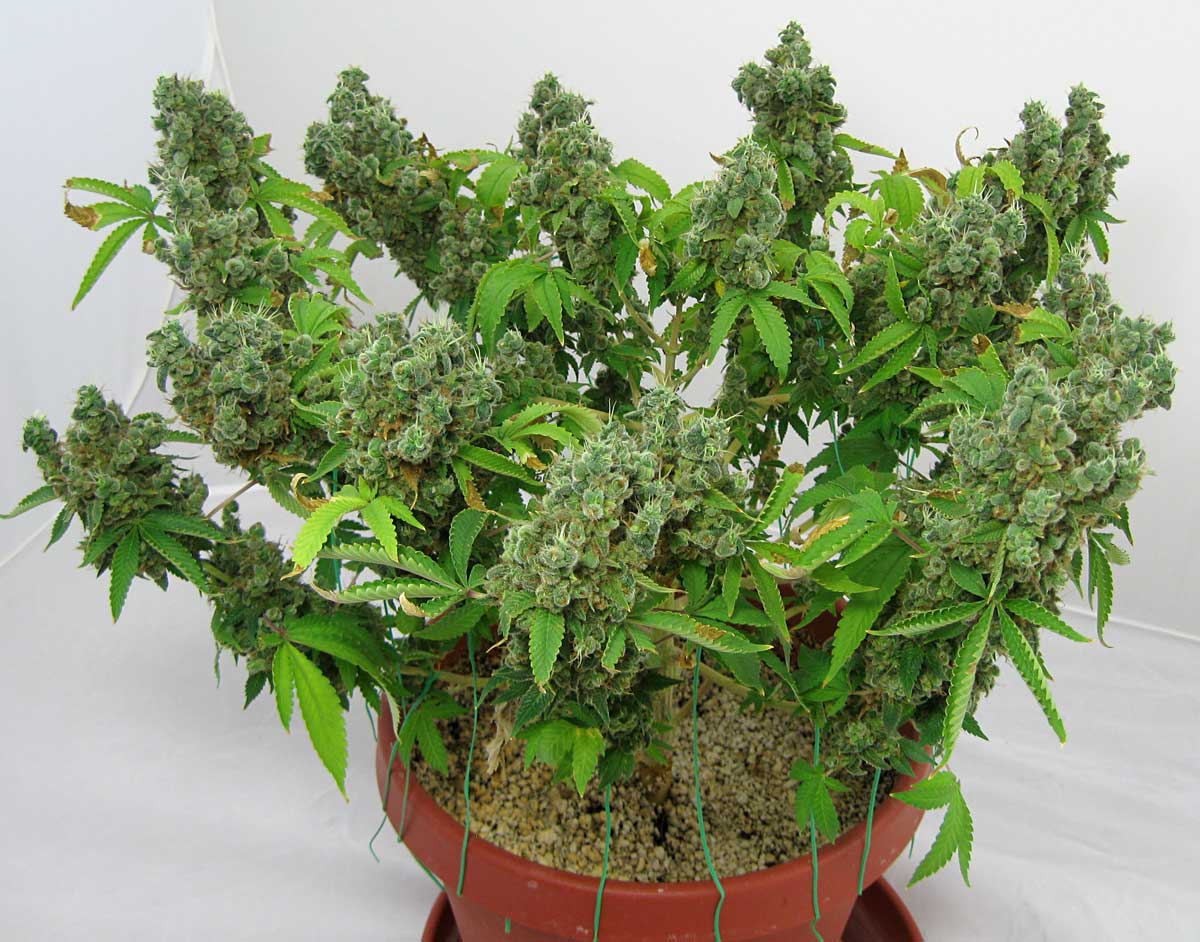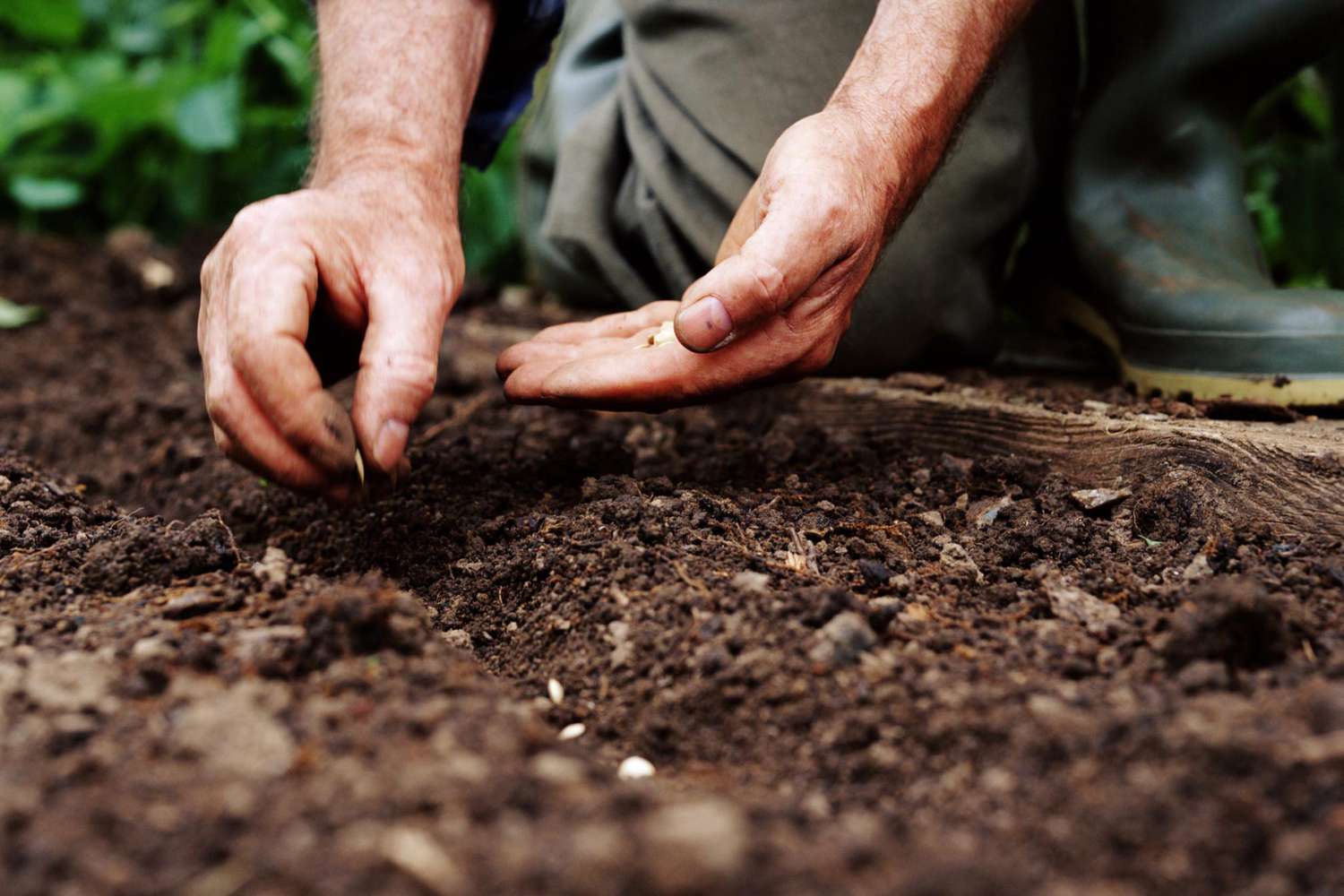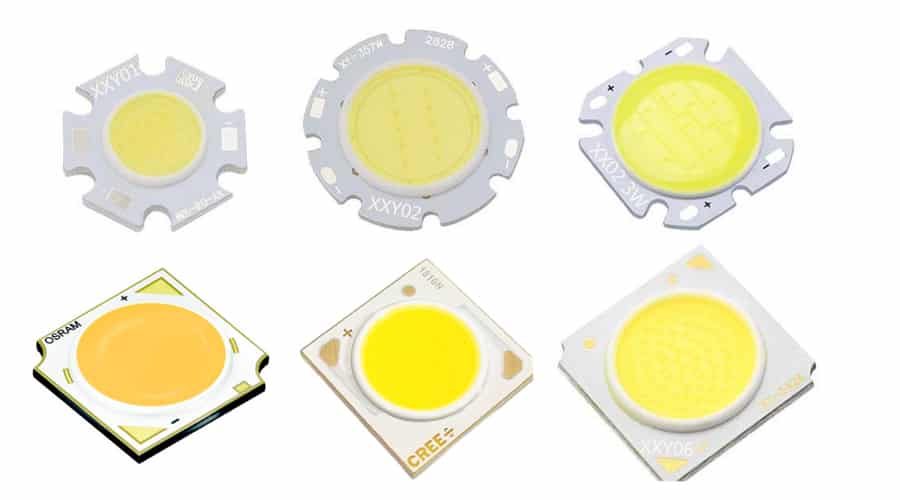What Does Crab Apples Look Like?
Crab apples add color and vibrancy to any garden, and there are various varieties to choose from. Some are edible while others contain cyanogenic glycosides which your body turns into cyanide! Beware though as this could pose a health risk! Prairifire crab apple features pure white fragrant blossoms in spring and small orange-red fruits which …

